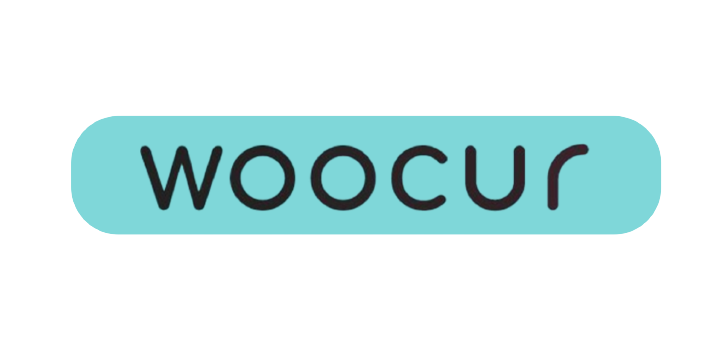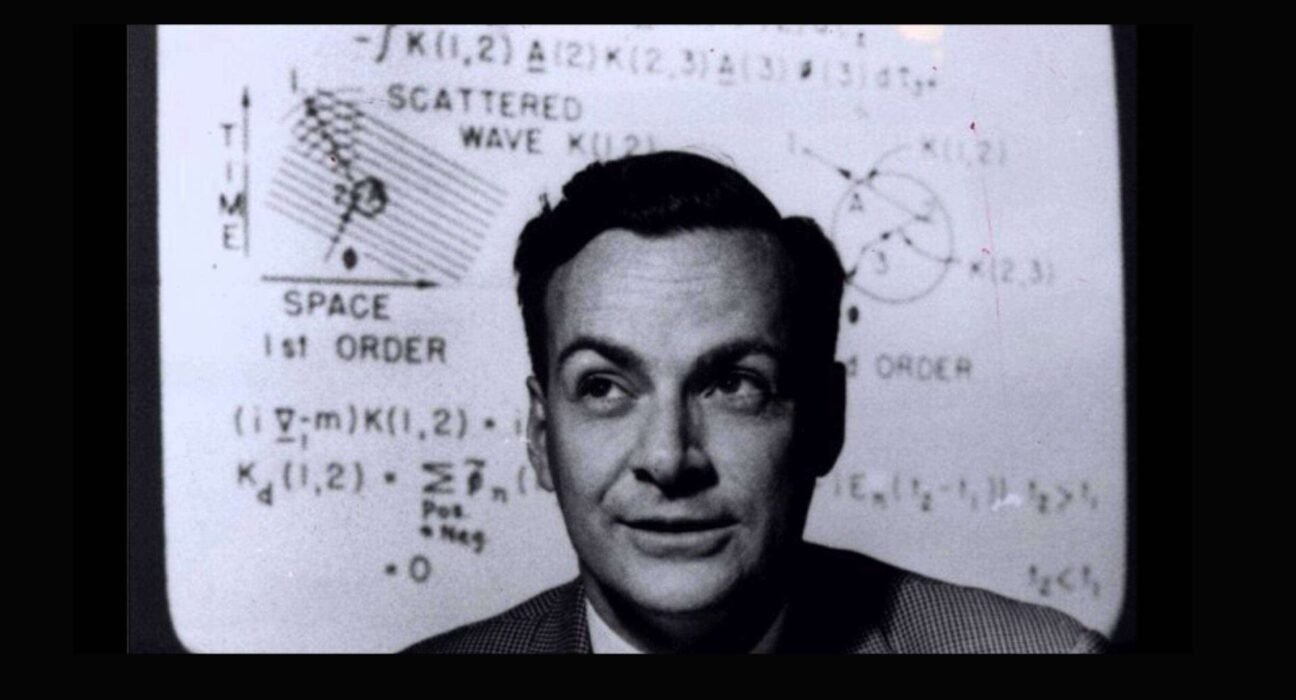Some scientists dazzle the world with their intellect. Some inspire awe with their achievements. But very few manage to do both while also making science feel like play, like a curious child’s game. Richard Feynman was one of those rare souls—a man who not only changed the way we understand the universe but also how we feel about trying to understand it in the first place.
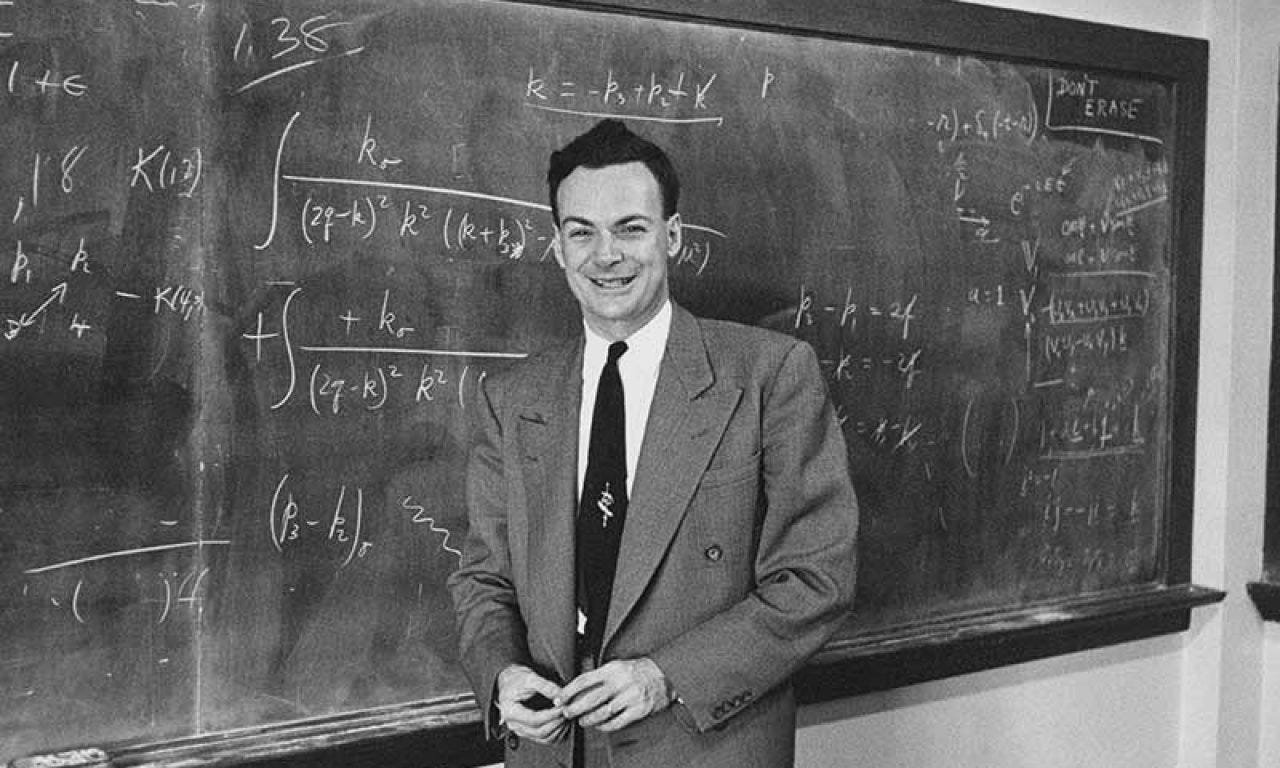
Whether you know him as a Nobel Prize-winning physicist, a beloved teacher, or the eccentric thinker who played bongos and cracked safes, Feynman’s story is not just one of equations and theories—it’s a story of curiosity, rebellion, humor, and the relentless search for truth.
Growing Up Curious: A Childhood That Sparked a Mind
Born on May 11, 1918, in Queens, New York, Richard Feynman didn’t come from a wealthy or scientific family. But what he did have was far more important: a father, Melville, who encouraged critical thinking and a deep respect for facts, and a mother, Lucille, who brought joy and laughter into his life.
As a child, Feynman was a tinkerer. Radios, gadgets, locks—you name it, he took it apart. Not just to fix them, but to see how they worked. His home became a personal laboratory. While other kids played ball, Feynman built complex circuits and solved math puzzles. By the time he was in high school, he had already taught himself calculus and invented his own notation system for advanced mathematics. That kind of creative independence never left him.
The Scholar With Spark: MIT and Princeton Days
Feynman entered MIT to study physics, and later pursued his Ph.D. at Princeton University, where he studied under the legendary physicist John Archibald Wheeler. Even in elite academic settings, Feynman stood out—not just for his brilliance, but for his irreverence.
While most physicists wrote long, elaborate proofs, Feynman was known for finding slick, intuitive shortcuts. He valued understanding over rote memorization, and beauty over bureaucracy. He would later say:
“What I cannot create, I do not understand.”
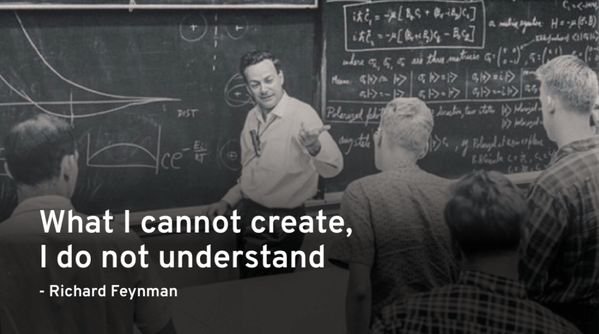
At Princeton, he wasn’t just doing physics. He was refining a lifelong philosophy—to never pretend to know more than you do, and to never stop asking “why?”
Into the Fire: The Manhattan Project and the Birth of the Atomic Age
The world was at war, and physics was about to change the course of history. In the early 1940s, Feynman joined the Manhattan Project at Los Alamos, the secret U.S. government initiative to build the atomic bomb.
Working alongside giants like Robert Oppenheimer, Enrico Fermi, and Niels Bohr, Feynman contributed to crucial calculations on nuclear chain reactions. But while he was a serious physicist, he also brought his usual flair to a place marked by pressure and secrecy.
He famously cracked classified safes—not out of malice, but to expose lax security. His pranks became legend. At a time when the world held its breath, Feynman reminded those around him that curiosity and humor could still exist, even in the most serious of circumstances.
The Breakthrough: Quantum Electrodynamics and the Nobel Prize
After the war, Feynman returned to academia and focused on one of the thorniest problems in physics: how light and matter interact. The field, called Quantum Electrodynamics (QED), was full of complex equations and messy infinities.
Feynman’s genius? He introduced a radically new way to visualize these interactions with what became known as Feynman Diagrams—simple sketches that showed particle movements and exchanges as if they were lines in a comic strip. This visual language allowed physicists to calculate probabilities of interactions with clarity and precision never seen before.
In 1965, Feynman was awarded the Nobel Prize in Physics alongside Julian Schwinger and Sin-Itiro Tomonaga for their work on QED. But in typical Feynman style, he remained skeptical of accolades. To him, the real reward was understanding something deeply and being able to explain it simply.
The Teacher Who Made Physics Magical
Feynman’s real gift wasn’t just doing science—it was sharing it. He spent much of his career at the California Institute of Technology (Caltech), where his lectures became legendary.
The famous “Feynman Lectures on Physics”—a series of talks originally given to undergrads—are still considered among the most insightful resources in the field. But what made his teaching special wasn’t the complexity—it was the clarity. He could take the most abstract quantum concepts and explain them with the joy of a street performer and the insight of a philosopher.
Feynman didn’t just teach science—he taught how to think. His message was always this:
“You don’t have to be a genius to understand science. You just have to be curious.”
The Man Beyond the Chalkboard
Feynman wasn’t just a physicist—he was a storyteller, an artist, a bongo drummer, and a lover of life’s oddities.
Some lesser-known sides of Feynman:
- He played bongos at parties and in samba bands in Brazil.
- He learned to draw and paint, often sketching portraits and signing them “Ofey.”
- He wrote bestselling books filled with anecdotes, jokes, and philosophical insight—like “Surely You’re Joking, Mr. Feynman!” and “What Do You Care What Other People Think?”
In every chapter of his life, Feynman chased what he called “the pleasure of finding things out.” He was driven not by status or legacy, but by wonder.
The Feynman Technique: A Legacy of Learning
One of his most influential contributions, outside of physics, was his method of learning. Today, it’s called the Feynman Technique, and it’s used by students, scientists, and entrepreneurs alike.

The steps are simple but powerful:
- Choose a concept you want to understand.
- Explain it like you’re teaching a child—simple language, no jargon.
- Identify the gaps in your explanation and go back to study.
- Simplify and refine until it makes intuitive sense.
It’s a method grounded in humility. In Feynman’s world, saying “I don’t know” was a strength, not a weakness.
The Challenger Disaster: Speaking Truth to Power
In 1986, when the Challenger space shuttle tragically exploded, Feynman was appointed to the presidential commission investigating the disaster. At 67, battling cancer, he still brought his fearless clarity to the task.
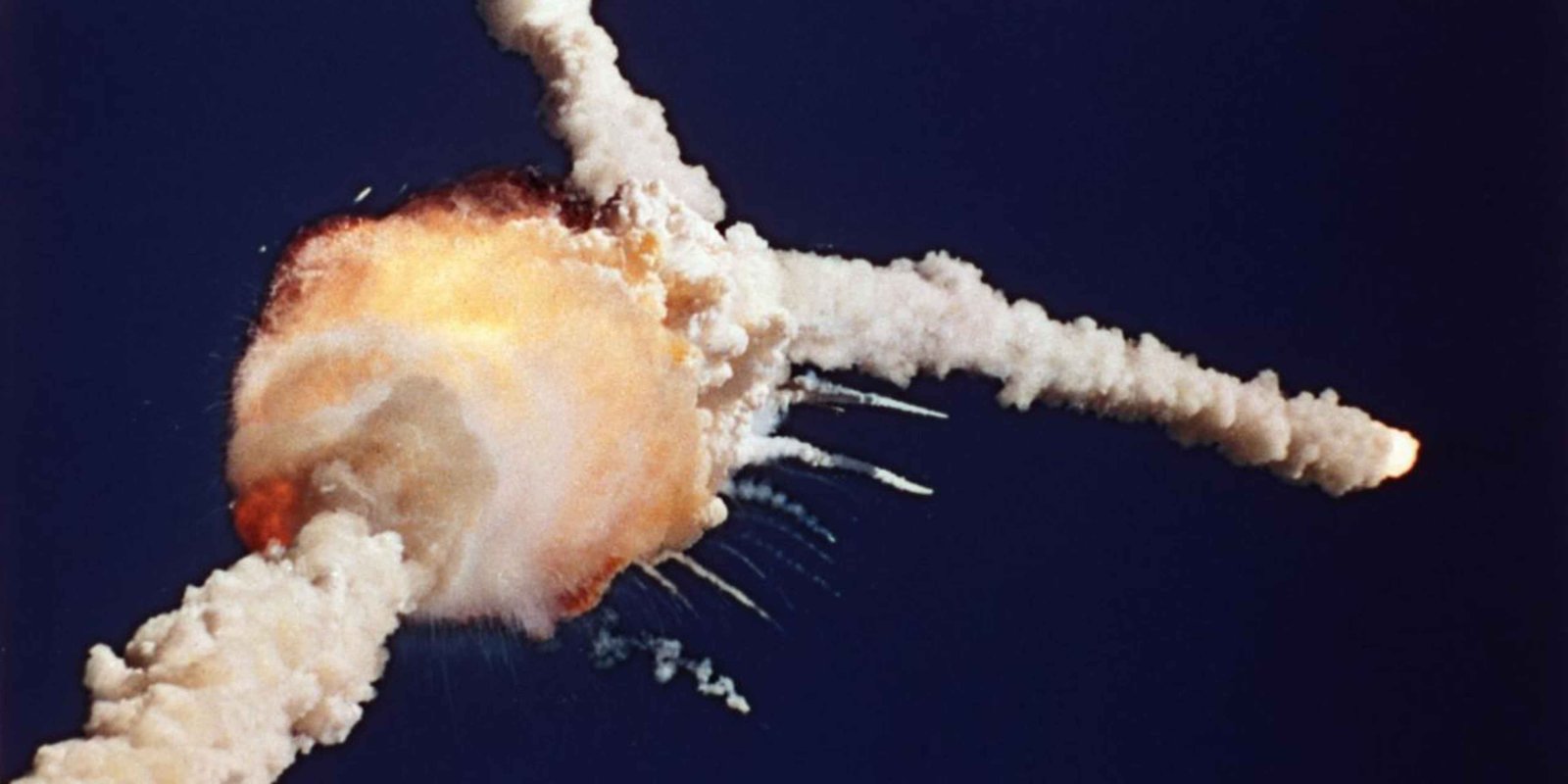
During a now-famous demonstration, he dropped an O-ring into ice water to show how cold temperatures compromised its flexibility—something NASA had overlooked. His boldness exposed bureaucratic failures and helped change aerospace safety protocols. Feynman reminded the world that science serves no purpose if truth is hidden.
Facing Mortality with Humor
As he neared the end of his life, Feynman was undergoing treatment for cancer, a battle he fought with the same honesty and humor he brought to everything else. In his final days, reflecting on life and death, he reportedly said:
“I’d hate to die twice. It’s so boring.”
On February 15, 1988, Richard Feynman passed away. But his mind, his laughter, and his insatiable curiosity continue to echo in classrooms, labs, and hearts around the world.
Key Lessons from Richard Feynman
- Ask “why?” constantly. Curiosity is more important than credentials.
- Don’t bluff. If you don’t know, say so.
- Break things down. Complexity hides in jargon; clarity lives in simplicity.
- Learn by teaching. If you can’t explain it simply, you don’t understand it.
- Enjoy the mystery. Not knowing is the first step to discovery.
Conclusion: Feynman’s Echo in the Mind of Every Curious Soul
Richard Feynman wasn’t just a physicist—he was a storyteller of the universe, a jester in the court of science, and a relentless truth-seeker who made thinking feel like an adventure. In a world where complexity often intimidates, Feynman invited us to play, to question, and to never stop wondering.
His legacy isn’t just in textbooks or Nobel citations—it lives in every student who dares to ask “why?”, in every teacher who simplifies without dumbing down, and in every thinker who values truth over prestige. Feynman made it okay to be wrong, to not know, to laugh at your own ignorance—and then keep digging anyway.
What made him extraordinary wasn’t just his intellect—it was his humanity. His ability to say, “Let’s figure this out together.” In the quiet of a late-night problem set or the buzz of a science class discussion, Feynman’s spirit still lingers—not as a distant genius, but as a friend whispering, “There’s joy in not knowing. Let’s find out.”
And maybe that’s the most important equation of all.
Woocur
“Experience the power of words with Woocur: Empowering Writers, Inspiring Readers”
For more such blogs, Woocur.
